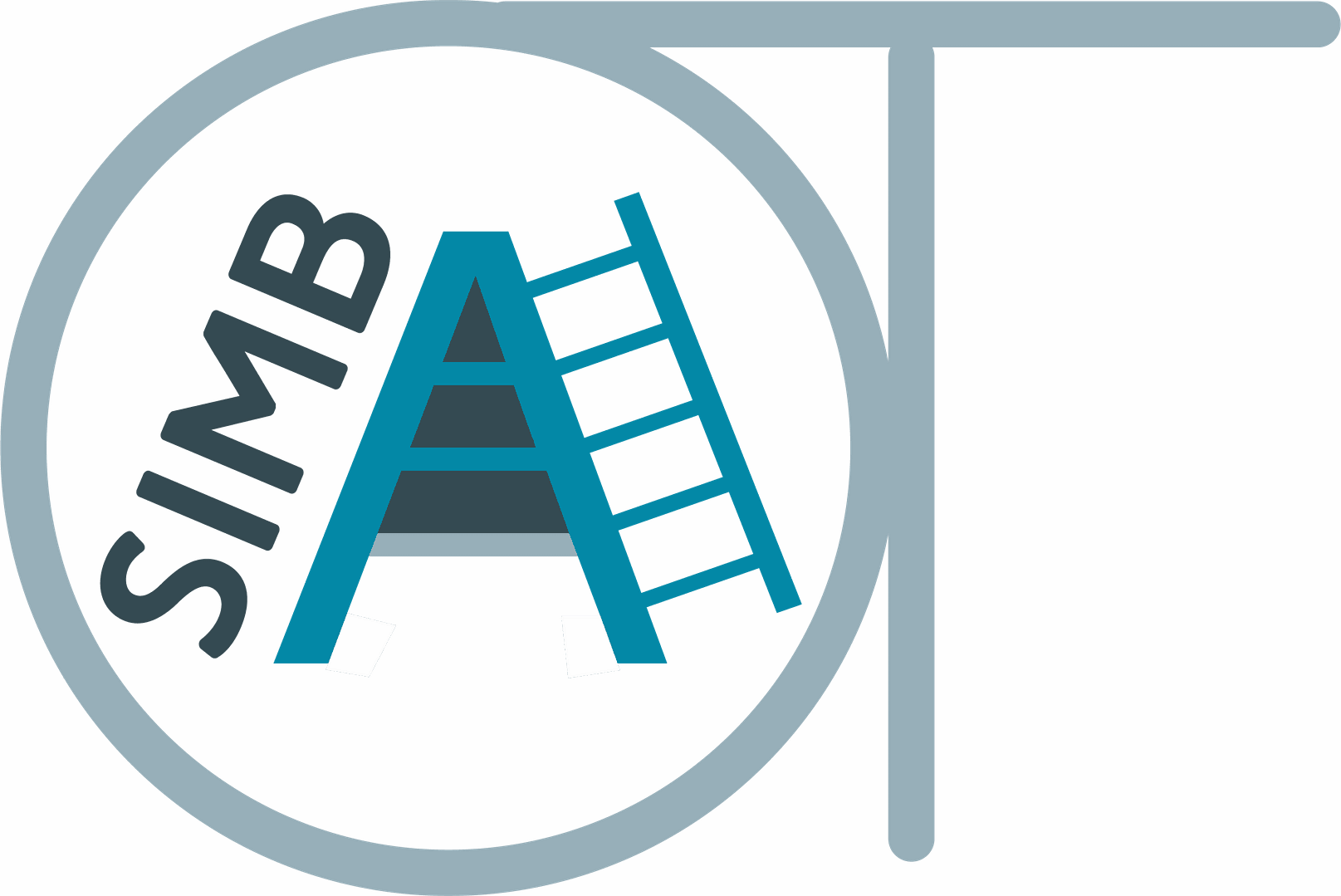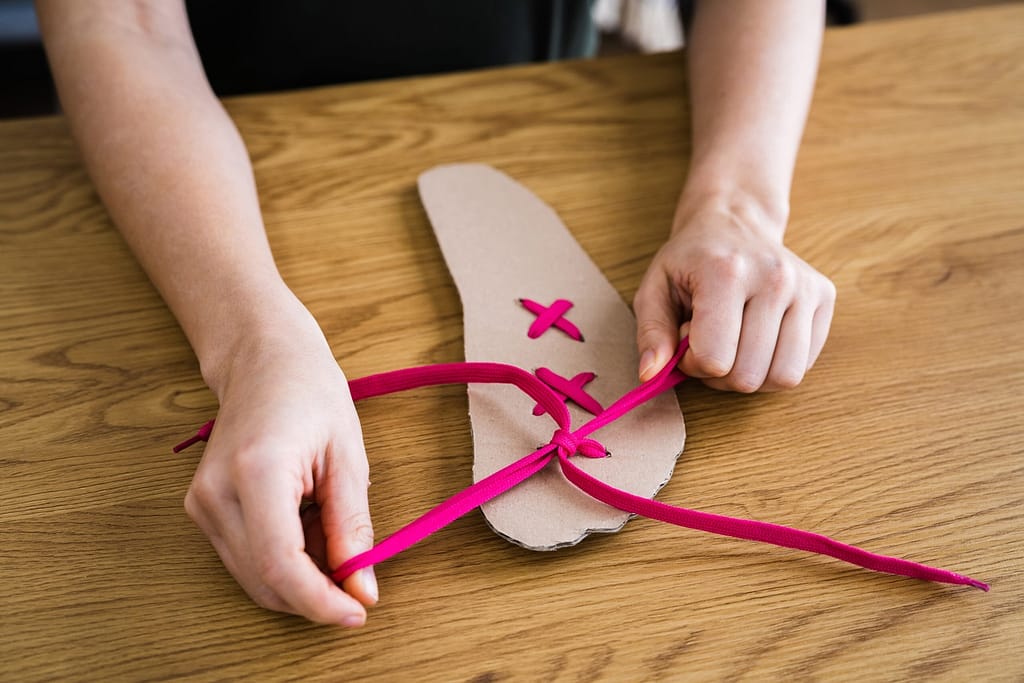The SIMBA Project (Simulation-Based Learning in Occupational Therapy) is focused on integrating simulation-based learning (SBL) methodologies into occupational therapy (OT) education. SBL is a dynamic and evidence-based method that allows students to practice real-world clinical skills in a controlled environment. Through the SIMBA project, partners aim to develop and implement these innovative approaches across different stages of OT education, enhancing both teaching and evaluation of professional competencies.
SIMBA Project Objectives
The main goal of the SIMBA project is to explore how simulation-based learning can be applied effectively in OT education. To achieve this, one of the key tasks has been to conduct a scoping review of the current literature on SBL and identify best practices and user experiences that can inform the design of future OT training programs. This review provided valuable insights into the methods, components, and benefits of SBL.
Key Findings on SBL from the Literature
The scoping review conducted as part of SIMBA revealed several important aspects of SBL in OT education:
- SBL Methods: Standardized patients (46%) and virtual reality (16%) were among the most commonly used methods in OT programs. These approaches enable students to simulate patient interactions and clinical decision-making processes in a realistic but safe setting.
- Key Components: Effective SBL requires structured pre-briefing (preparing students for the simulation) and debriefing (post-simulation reflection). These components help to ensure that students understand the learning objectives and can process their experiences with guidance from instructors.
- User Experiences: Students have reported positive outcomes from SBL, especially when simulations involve interprofessional collaboration (IPE). Collaborating with students from various healthcare disciplines, such as nursing and physical therapy, enhances the development of essential teamwork and communication skills, which are essential in clinical practice.

How SIMBA Leverages These Findings
Based on these findings, the SIMBA project has set out to create detailed simulation scenarios tailored specifically to OT education. These scenarios will focus on key competencies such as managing the OT process, professional autonomy, and building interprofessional relationships. The aim is to provide a comprehensive framework that supports both the acquisition and assessment of OT competencies.
In the 2024-2025 academic year, the SIMBA project partners will implement, evaluate, and validate these simulation-based learning scenarios in their OT programs. All developed resources will be made open-access, including the SIMBA Framework for OT Competencies and SIMBA Guidelines, which are designed to assist educators in integrating Simulation-Based Learning (SBL) into their curricula. Furthermore, a webinar will be available to guide users on effectively applying these tools, ensuring educators have the necessary support to implement SBL successfully in their teaching practices.
Looking Ahead: The Future of SBL in OT Education
The SIMBA project is paving the way for a new approach to OT education. By leveraging SBL methodologies, educators can offer students immersive, hands-on learning experiences that bridge the gap between theory and practice. Whether through standardized patients, virtual reality, or other simulation methods, these techniques prepare OT students for real-world clinical challenges in a safe and supportive environment.
By embracing simulation-based learning, the SIMBA project is enhancing the quality of OT education, ensuring that students not only learn but also apply essential skills in a collaborative and real-world context.
As SIMBA continues to develop new tools and resources, the project is committed to making these innovations accessible to educators and institutions around the world. Stay tuned for more updates on how SIMBA is transforming the future of occupational therapy education.


